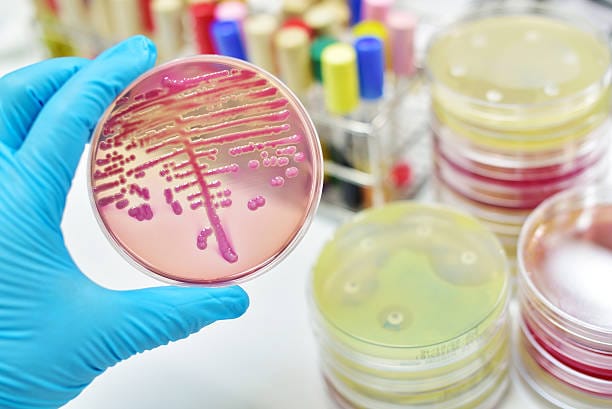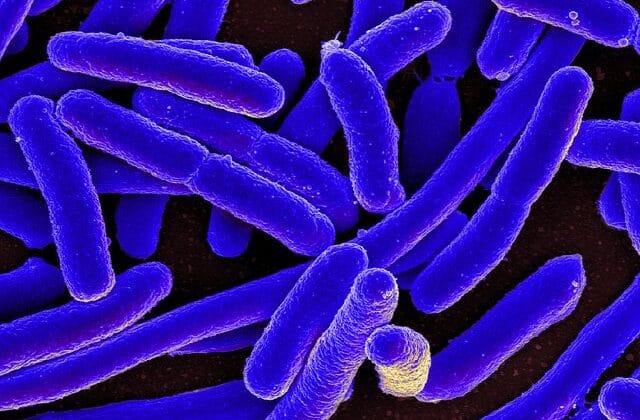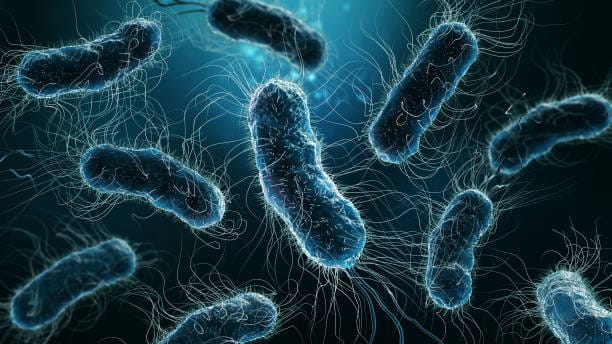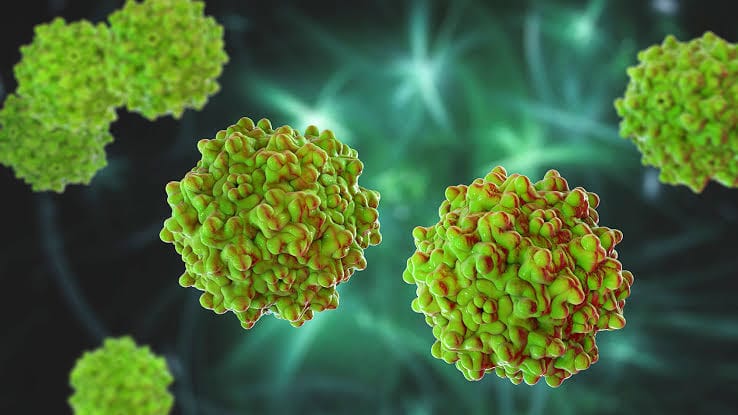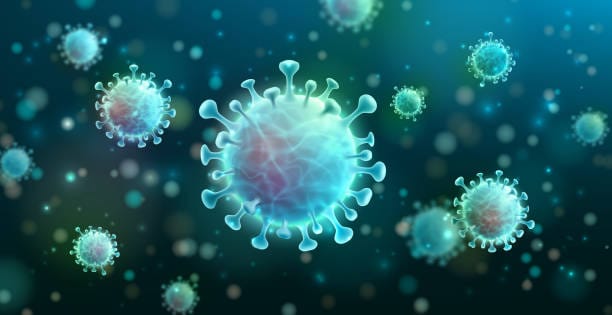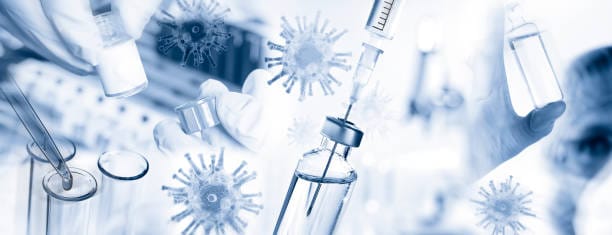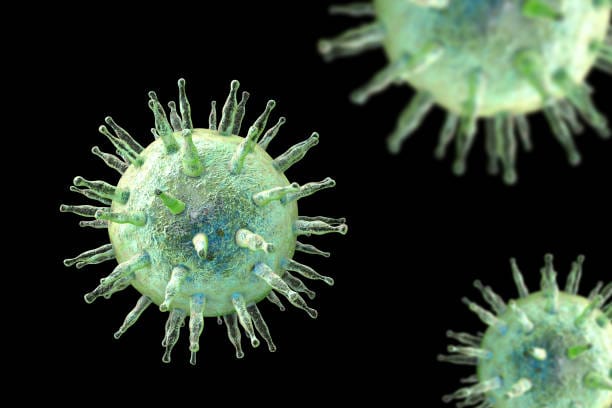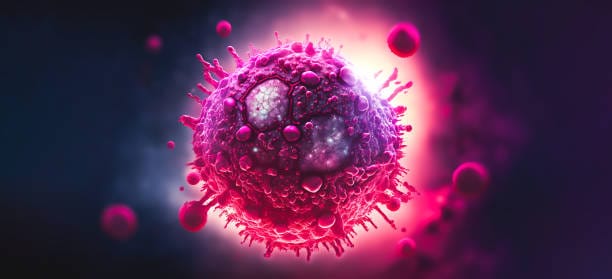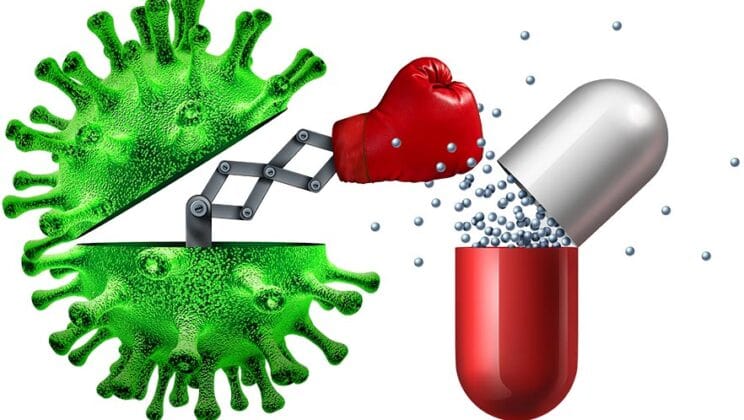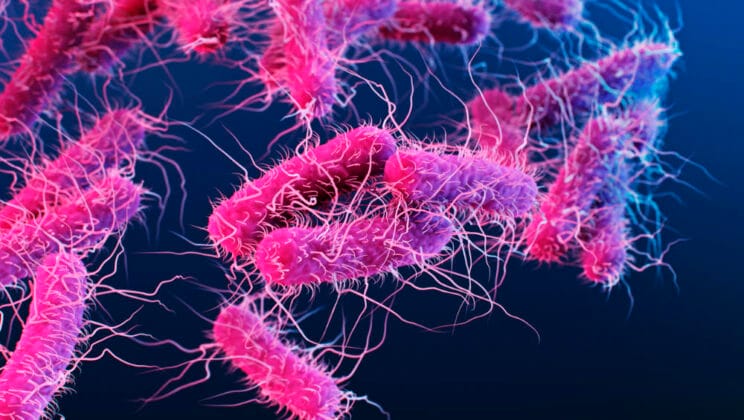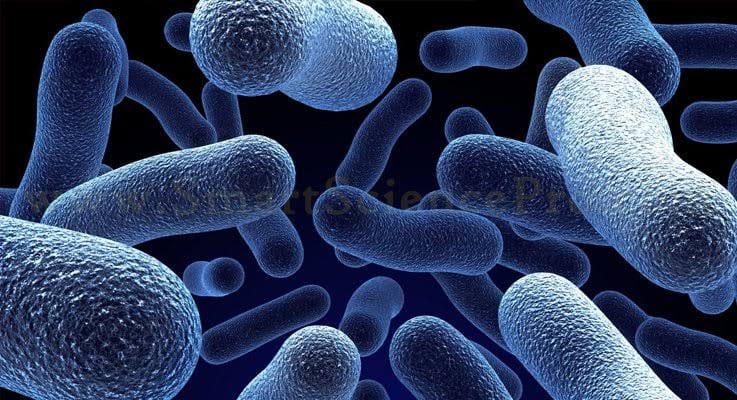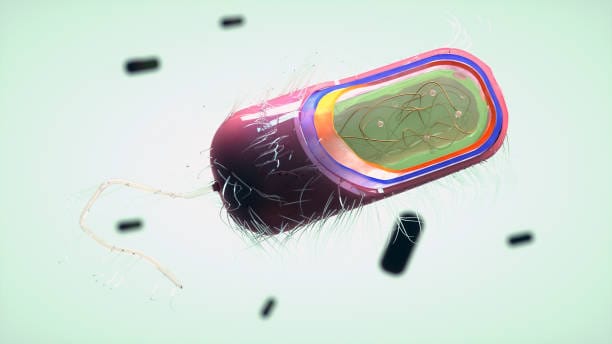Beneath the surface of nearly every environment—be it a river rock, a hospital catheter, a kitchen sink, or a human…
Category: Biology
What Is a Bacterial Colony and How Does It Form?
We live in a world largely shaped by life we cannot see. Beneath our feet, on our skin, in the…
How Do Bacteria Evolve So Quickly?
In the silent, microscopic world that lives all around—and within—us, change is constant. It happens faster than most of us…
Bacterial Reproduction: Binary Fission Explained
Under the surface of every pond, beneath our fingernails, within the soil, and even inside our bodies, there exists an…
What Are Bacteria Made Of? Cell Wall and Internal Structure
They are so small that billions can fit on the head of a pin, yet they are the most successful…
What Is a Viral Vector? Gene Therapy and Vaccines
In the unseen universe of microscopic life, viruses have long been considered nature’s villains. They slip silently into cells, hijack…
The Role of Viral Mutation in Pandemics
Pandemics have shaped human history with ruthless efficiency. From the ancient Antonine Plague to the modern sweep of COVID-19, these…
Emerging Viral Diseases: How Microbiology Helps Us Prepare
In a world where the microscopic reigns silently, the emergence of a new virus is like the lighting of a…
Understanding Vaccines: How They Work Against Viruses
In the vast theatre of human survival, perhaps no opponent has been more insidious, more enduring, or more transformative than…
How the Human Immune System Fights Viruses
In the vast and intimate theater of the human body, a microscopic drama unfolds every second. Unseen invaders—viruses—slip past our…
What Are Retroviruses and How Do They Work?
In the microscopic world where life blurs the line between chemistry and biology, retroviruses stand out as master manipulators. They…
Viral Replication: Lytic vs Lysogenic Cycles
They are not alive in the traditional sense. They cannot move, eat, or breathe. They have no metabolism and no…
What Is a Virus? Structure and Function
It’s hard to believe that something so small—something so astonishingly simple—could wield such enormous power. Yet viruses, invisible to the…
The Problem of Antibiotic Resistance Explained
For much of the 20th century, antibiotics were hailed as miracle drugs. They turned once-deadly infections into minor inconveniences, enabled…
How Antibiotics Work to Kill Bacteria
Every second, your body hosts microscopic dramas of staggering intensity. Cells replicate, immune defenses patrol, and invaders attempt to breach…
What Are Microbiomes and Why Are They Important?
Deep inside your body, on your skin, and in the air around you, there exists a vast, invisible world of…
Microbes and Human Health: Good vs. Bad Bacteria
Long before humans walked the Earth, before mammals, reptiles, or even fish swam through ancient oceans, microbes reigned supreme. These…
What Is a Pathogen? Understanding Infectious Microbes
Every moment of every day, a quiet war is waged within and around our bodies. It is invisible to the…
How Microorganisms Are Classified
To the naked eye, the world is what we see—trees, rivers, animals, cities, people. But beneath this visible tapestry lies…
What Are Archaea and How Are They Different from Bacteria?
For centuries, humans gazed through microscopes and believed they had discovered all there was to know about the tiniest forms…
Differences Between Bacteria, Viruses, Fungi, and Parasites
When we think about illness, we often imagine fever, fatigue, or perhaps a cough. But beneath these outward signs lies…
The Five Major Types of Microorganisms
Beneath the surface of everything we touch, everything we eat, everything we breathe, there exists a vast, teeming world of…

